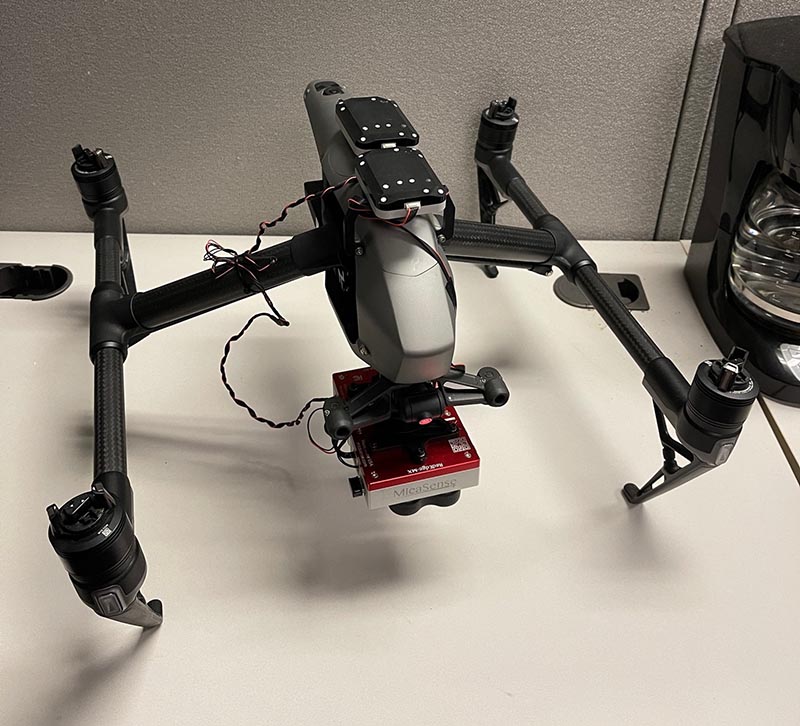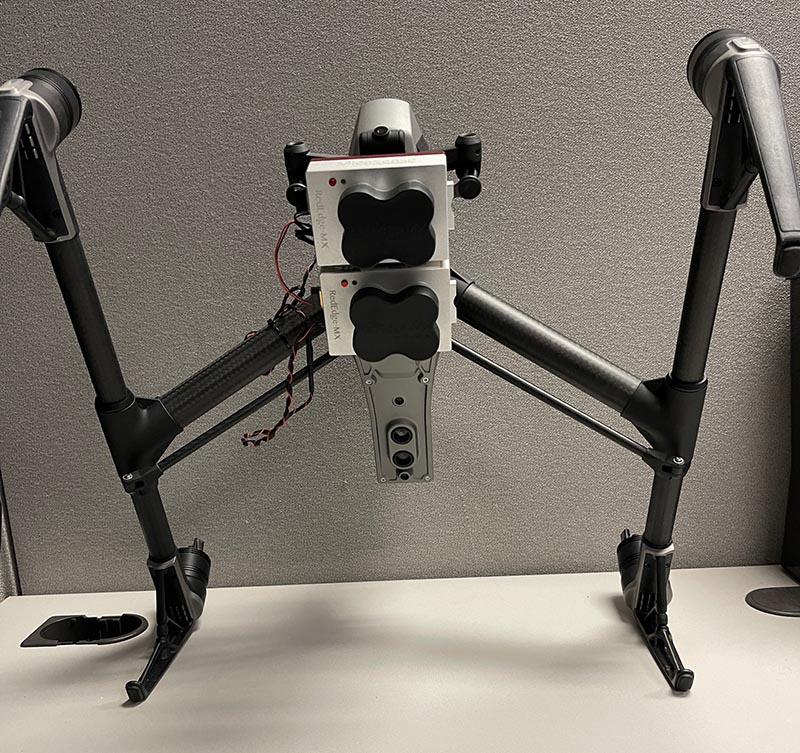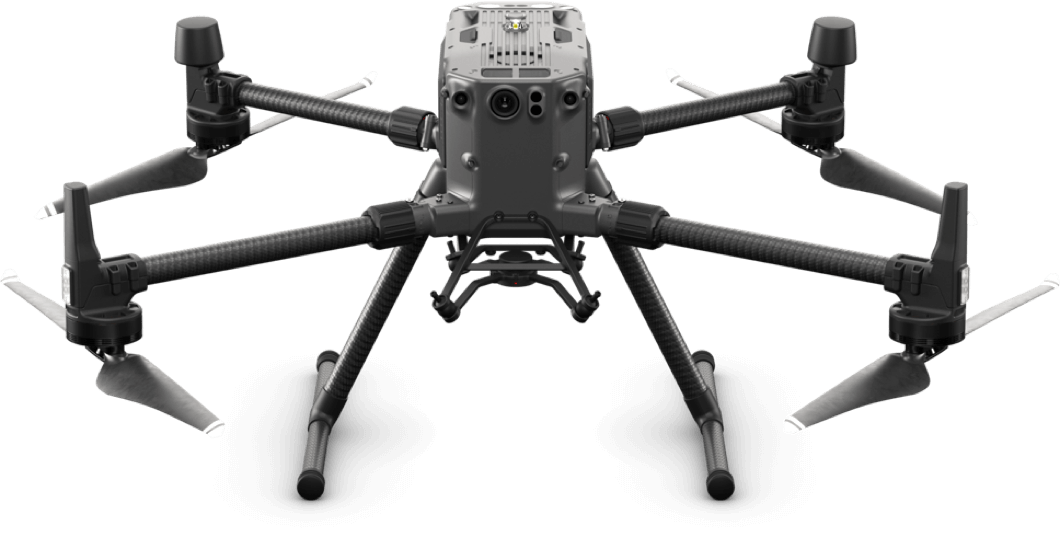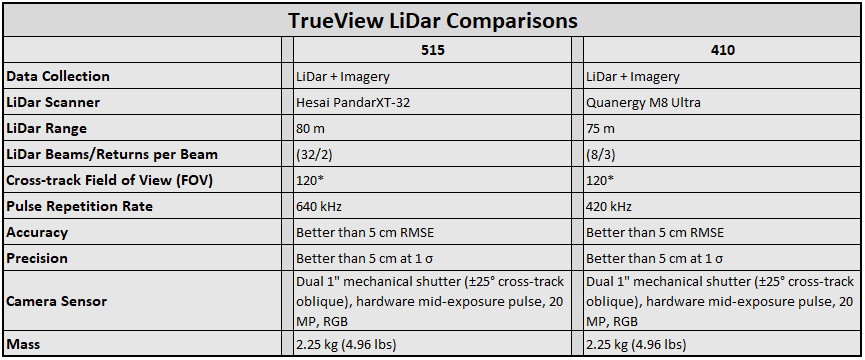GRI Blog
GRI's Amrit Shrestha Conducts Research on Cotton Yield Modeling with a Dual Mounted Micasense Payload


His goal is to estimate cotton yield as early as possible so farmers can make their input decision to maximize final profit. Amrit's research involved weekly flights over North Farm throughout the 2021 growing season.
Shrestha is using a DJI Inspire 2 with a dual mounted Micasense payload to compare the differences in Manual and Auto Exposure per flight.
DJI M300 - The Future Is Here

DJI M300
The FPV camera now has the ability to show:
- Speed Wheel
- Horizontal Speed
- Wind Speed and Direction
- Artificial Horizon
- Heading Indicator
- Flight Path
- Flight Altitude
- Absolute Altitude
TrueView LIDAR Comparison
The UAS team here at GRI has been using the Geocue Trueview 410 for almost two years and it has been a valuable addition to our suite of sensors. We recently acquired the Geocue Trueview 515 which is proving to be an even more robust LiDAR system for our needs. Some of the improvements from the 410 to the 515 include a faster scan rate which leads to a higher point density under the same flight parameters. It has better canopy penetration and is more sensitive to small targets such as wires and fences. While the 410 has served us well and we will continue to use it in specific cases, the 515 is opening new doors for our UAS team such as transmission line detection and increased topographical mapping abilities.

Figure 1. The images displayed are from a local area used for aquatic plant research that has lines draped between poles to hold shade cloth aloft. The upper image (blue) is from the 410 and the lower (purple) is from the 515. Notice the large increase in returns of the strung wires from the 515 compared to the 410.

